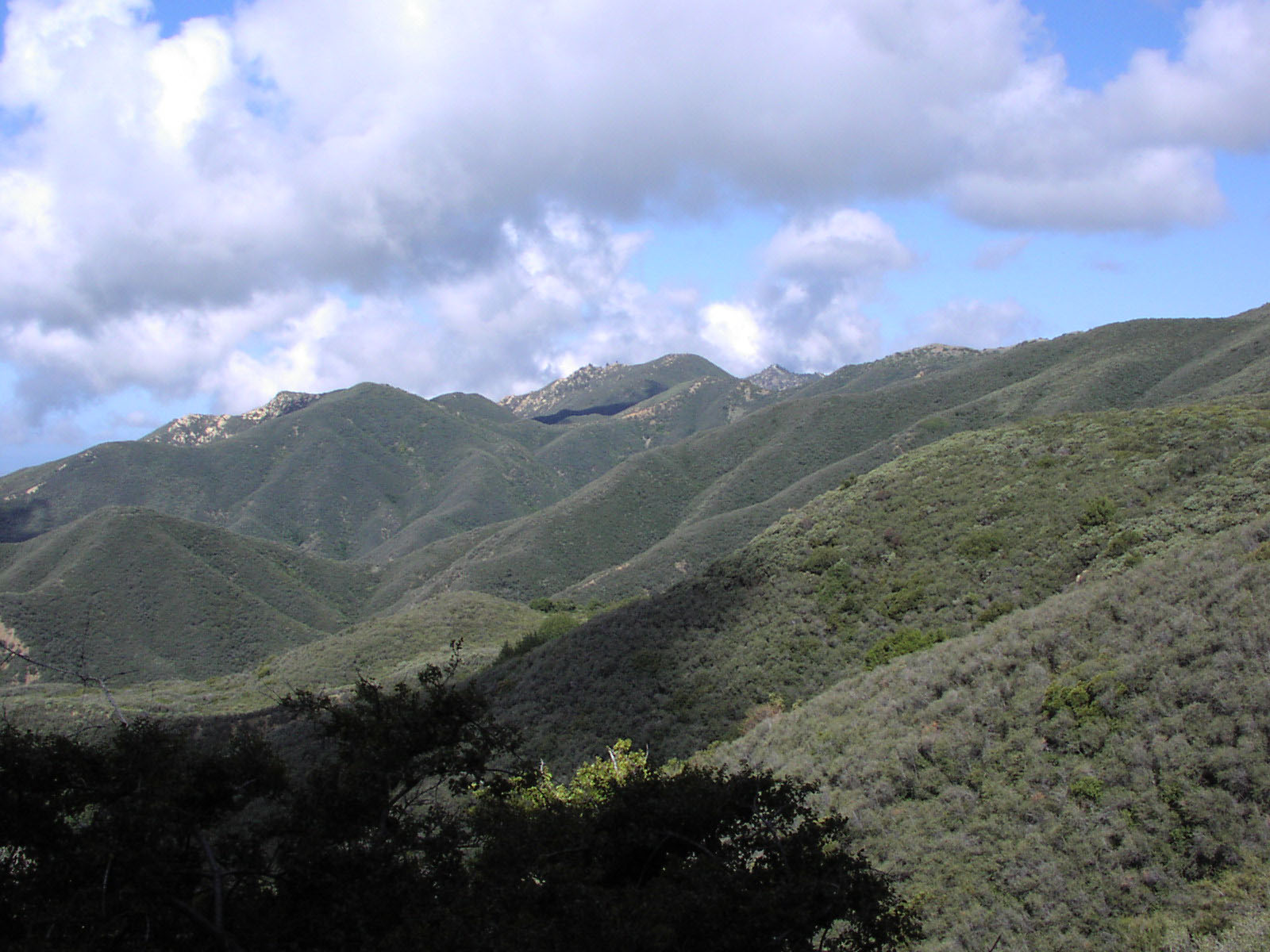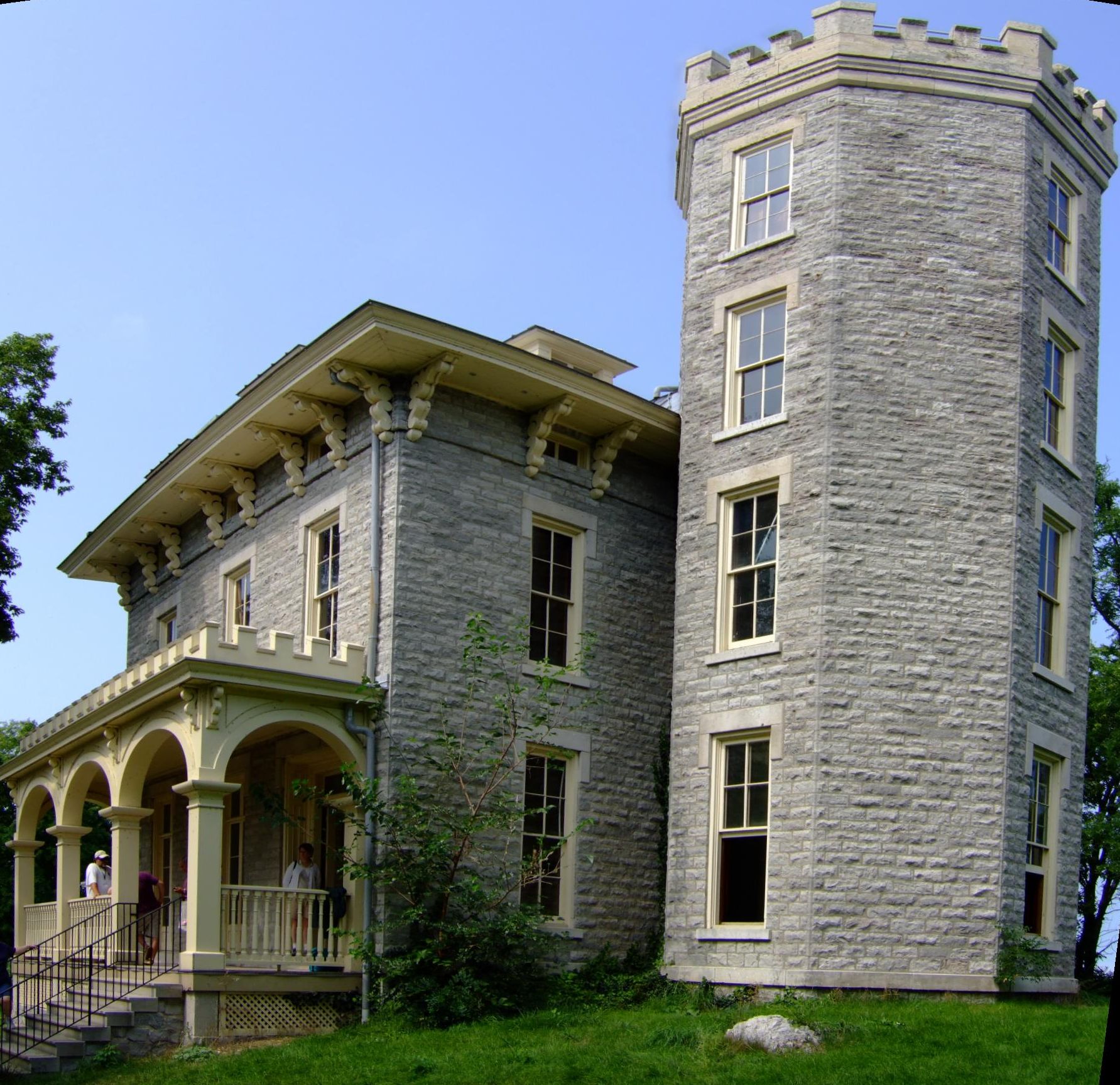|
Mount Lawlor
Mount Lawlor is a mountain summit located in the San Gabriel Mountains, in Los Angeles County, California, United States. Description Mount Lawlor is set within San Gabriel Mountains National Monument, approximately north of the community of Altadena and north-northeast of downtown Los Angeles. Precipitation runoff from this mountain's north slope drains to Big Tujunga Creek, the southwest slope drains to Arroyo Seco, and the southeast slope drains into headwaters of the West Fork San Gabriel River. Topographic relief is significant as the summit rises above the West Fork in approximately . Reaching the summit involves hiking six miles (round-trip) with 1,300 feet of elevation gain.Jerry Schad, ''Afoot & Afield: Los Angeles County: 259 Spectacular Outings in Southern California'', Wilderness Press, 2019, In 2009, the mountain's chaparral-covered slopes were burned by the Station Fire. The mountain is named (but misspelled) after Oscar Lawler (1875–1966), a Los Angeles a ... [...More Info...] [...Related Items...] OR: [Wikipedia] [Google] [Baidu] |
Josephine Peak
Josephine Peak is a mountain summit located in the San Gabriel Mountains, in Los Angeles County, California, United States. Description Josephine Peak is set within San Gabriel Mountains National Monument, approximately north of the community of Altadena and north-northeast of downtown Los Angeles. Topographic relief is significant as the summit rises above Clear Creek in approximately one mile. Hiking to the summit involves eight miles of trail with 2,100 feet of elevation gain. A fire lookout tower stood on the summit from 1937 through 1976. The mountain is named after Josephine Lippencott (1866–1951), wife of USGS surveyor Joseph Barlow Lippencott who used this summit as a triangulation station in 1894. Hundred Peaks Section, Sierra Club, Retrieved 2024-05-22. This landform's toponym has been officially adopte ... [...More Info...] [...Related Items...] OR: [Wikipedia] [Google] [Baidu] |
Chaparral
Chaparral ( ) is a shrubland plant community and geographical feature found primarily in the U.S. state of California, in southern Oregon, and in the northern portion of the Baja California Peninsula in Mexico. It is shaped by a Mediterranean climate (mild wet winters and hot dry summers) and infrequent, high-intensity crown fires. Chaparral features summer-drought-tolerant plants with hard sclerophyllous evergreen leaves, as contrasted with the associated soft-leaved, drought-deciduous, scrub community of coastal sage scrub, found often on drier, southern facing slopes within the chaparral biome. Three other closely related chaparral shrubland systems occur in central Arizona, western Texas, and along the eastern side of central Mexico's mountain chains (mexical), all having summer rains in contrast to the Mediterranean climate of other chaparral formations. Chaparral comprises 9% of California's wildland vegetation and contains 20% of its plant species. The name comes fro ... [...More Info...] [...Related Items...] OR: [Wikipedia] [Google] [Baidu] |
Angeles National Forest
The Angeles National Forest (ANF) of the U.S. Forest Service is located in the San Gabriel Mountains and Sierra Pelona Mountains, primarily within Los Angeles County in southern California. The ANF manages a majority of the San Gabriel Mountains National Monument. The national forest was established in 1908, incorporating the first San Bernardino National Forest and parts of the former Santa Barbara and San Gabriel National Forests. Angeles National Forest headquarters are located in Arcadia, California. Geography The Angeles National Forest covers a total of , protecting large areas of the San Gabriel Mountains and Sierra Pelona Mountains. It is located just north of the densely inhabited metropolitan area of Greater Los Angeles. While primarily within Los Angeles County, a small part extends eastward into southwestern San Bernardino County, in the Mount San Antonio ("Mount Baldy") area, and a tiny section also extends westward into northeastern Ventura County, in the Lake P ... [...More Info...] [...Related Items...] OR: [Wikipedia] [Google] [Baidu] |
Mountains Of Los Angeles County, California
A mountain is an elevated portion of the Earth's crust, generally with steep sides that show significant exposed bedrock. Although definitions vary, a mountain may differ from a plateau in having a limited summit area, and is usually higher than a hill, typically rising at least 300 metres (1,000 feet) above the surrounding land. A few mountains are isolated summits, but most occur in mountain ranges. Mountains are formed through tectonic forces, erosion, or volcanism, which act on time scales of up to tens of millions of years. Once mountain building ceases, mountains are slowly leveled through the action of weathering, through slumping and other forms of mass wasting, as well as through erosion by rivers and glaciers. High elevations on mountains produce colder climates than at sea level at similar latitude. These colder climates strongly affect the ecosystems of mountains: different elevations have different plants and animals. Because of the less hospitable terrain and ... [...More Info...] [...Related Items...] OR: [Wikipedia] [Google] [Baidu] |
Red Box, California
Red Box is the name of the junction of the Angeles Crest Highway, the Mt. Wilson-Red Box Road, and the Rincon - Red Box Road. It is located at the 1,422 meter (4,666') saddle between Mount Lawlor and San Gabriel Peak San Gabriel Peak is a summit in the San Gabriel Mountains in the U.S. state of California. It was named by the United States Geological Survey in 1894 and is located in the Angeles National Forest. This peak was first named ''The Commodore'' for C .... The saddle separates the upper Arroyo Seco drainage from the West Fork of the San Gabriel River. References Unincorporated communities in Los Angeles County, California San Gabriel Mountains Unincorporated communities in California {{LosAngelesCountyCA-geo-stub ... [...More Info...] [...Related Items...] OR: [Wikipedia] [Google] [Baidu] |
Angeles Crest Highway
The Angeles Crest Highway is a two-lane (one lane of travel in each direction) highway over the San Gabriel Mountains, in Los Angeles County, California. Its route is to/through the San Gabriel Mountains National Monument and the Angeles National Forest. With the exception of a -long section in La Cañada Flintridge, the entire route is part of California State Route 2. The road is in length, with its western terminus at the intersection at Foothill Boulevard in La Cañada Flintridge and its eastern terminus at the Pearblossom Highway (State Route 138) northeast of Wrightwood. The majority of the route passes through the San Gabriel Mountains located north of the Greater Los Angeles Area. Segments of the road reach elevations above , with a summit of at the Dawson Saddle, which makes this road one of the highest in Southern California. The segment from La Cañada Flintridge to the Los Angeles–San Bernardino county line is known as the Angeles Crest Scenic Byway, whi ... [...More Info...] [...Related Items...] OR: [Wikipedia] [Google] [Baidu] |
Monrovia Peak
Monrovia Peak is a mountain summit located in the San Gabriel Mountains, in Los Angeles County, California, United States. Description Monrovia Peak is set within San Gabriel Mountains National Monument, approximately northeast of the community of Monrovia and northeast of downtown Los Angeles. The May 2, 2024, expansion of the San Gabriel Mountains National Monument by President Biden brought Monrovia Peak within the boundary of the monument. Topographic relief is significant as the summit rises over above Cold Springs Canyon in approximately one mile. Reaching the summit involves 12 miles of hiking with 5,300 feet of elevation gain. This mountain's toponym has been officially adopted by the U.S. Board on Geographic Names, and it is named in association with the city of Monrovia, of which William N. Monroe (1841–1935) is Monrovia's eponym. [...More Info...] [...Related Items...] OR: [Wikipedia] [Google] [Baidu] |
Orographic Lift
Orographic lift occurs when an air mass is forced from a low elevation to a higher elevation as it moves over rising terrain. As the air mass gains altitude it quickly cools down adiabatically, which can raise the relative humidity to 100% and create clouds and, under the right conditions, precipitation. Orographic lifting can have a number of effects, including precipitation, rain shadowing, leeward winds, and associated clouds. Precipitation Precipitation induced by orographic lift occurs in many places throughout the world. Examples include: * The Mogollon Rim in central Arizona * The western slope of the Sierra Nevada range in California * The mountains near Baja California North – specifically La Bocana to Laguna Hanson. * The windward slopes of Khasi and Jayantia Hills (see Mawsynram) in the state of Meghalaya in India. * The Western Highlands of Yemen, which receive by far the most rain in Arabia. * The Western Ghats that run along India's western coast. * The Gr ... [...More Info...] [...Related Items...] OR: [Wikipedia] [Google] [Baidu] |
Continental Climate
Continental climates often have a significant annual variation in temperature (warm summers and cold winters). They tend to occur in the middle latitudes (40 to 55 north), within large landmasses where prevailing winds blow overland bringing some precipitation, and temperatures are not moderated by oceans. Continental climates occur mostly in the Northern Hemisphere due to the large landmasses found there. Most of northern and northeastern China, eastern and southeastern Europe, Western and north western Iran, central and southeastern Canada, and the central and northeastern United States have this type of climate. Continentality is a measure of the degree to which a region experiences this type of climate. In continental climates, precipitation tends to be moderate in amount, concentrated mostly in the warmer months. Only a few areas—in the mountains of the Pacific Northwest of North America and in Iran, northern Iraq, adjacent Turkey, Afghanistan, Pakistan, and Central Asia ... [...More Info...] [...Related Items...] OR: [Wikipedia] [Google] [Baidu] |
Köppen Climate Classification
The Köppen climate classification is one of the most widely used climate classification systems. It was first published by German-Russian climatologist Wladimir Köppen (1846–1940) in 1884, with several later modifications by Köppen, notably in 1918 and 1936. Later, the climatologist Rudolf Geiger (1894–1981) introduced some changes to the classification system, which is thus sometimes called the Köppen–Geiger climate classification system. The Köppen climate classification divides climates into five main climate groups, with each group being divided based on seasonal precipitation and temperature patterns. The five main groups are ''A'' (tropical), ''B'' (arid), ''C'' (temperate), ''D'' (continental), and ''E'' (polar). Each group and subgroup is represented by a letter. All climates are assigned a main group (the first letter). All climates except for those in the ''E'' group are assigned a seasonal precipitation subgroup (the second letter). For example, ''Af'' i ... [...More Info...] [...Related Items...] OR: [Wikipedia] [Google] [Baidu] |
Owen Brown (abolitionist, Born 1824)
Owen Brown (November 4, 1824 – January 8, 1889) was the third son of abolitionist John Brown. He participated more in his father's anti-slavery activities than did any of his siblings. He was the only son to participate both in the Bleeding Kansas activities — specifically the Pottawatomie massacre, during which he killed a man— and his father's raid on Harpers Ferry. He was the only son of Brown present in Tabor, Iowa, when Brown's recruits were trained and drilled. He was also the son who joined his father in Chatham, Ontario, Canada, when the raid was planned; he was chosen as treasurer of the organization of which his father was made president. Personal information Owen was named for his grandfather, a prosperous Connecticut tanner, strong abolitionist, and one of the first settlers in Hudson, Ohio. He described himself as "an engineer on the Underground Railroad" and a "woodsman almost all my life". By this he meant not that he was a lumberjack, but that he was c ... [...More Info...] [...Related Items...] OR: [Wikipedia] [Google] [Baidu] |






